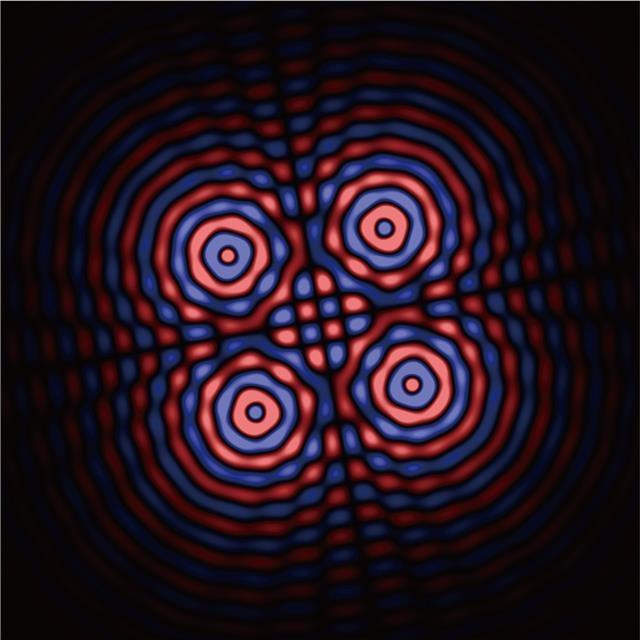
Dark-state electrons, which neither absorb nor emit light, have previously been observed in atoms and molecules. However, their existence in solid materials was thought to be impossible due to the complex arrangement of countless electrons in confined spaces.
The researchers discovered that dark-state electrons can form in solid matter when four atoms of the same type are arranged in two symmetrical pairs within the material's unit structure. This arrangement causes interference between electrons, creating a dark state.
Using a synchrotron radiation device, a device that shoots out electrons accelerating them near the speed of light, the team confirmed the presence of these unobservable electrons in copper oxide, a high-temperature superconductor.
"The identification of dark-state electrons in solids goes beyond recognizing an invisible entity. It can provide clues to understanding quantum phenomena that could not be explained when we were unaware of their existence," said Professor Kim.
The research team plans to use this breakthrough to tackle the long-standing mystery of high-temperature superconductivity, a challenge that has puzzled modern physicists for years.
Copyright ⓒ Aju Press All rights reserved.


